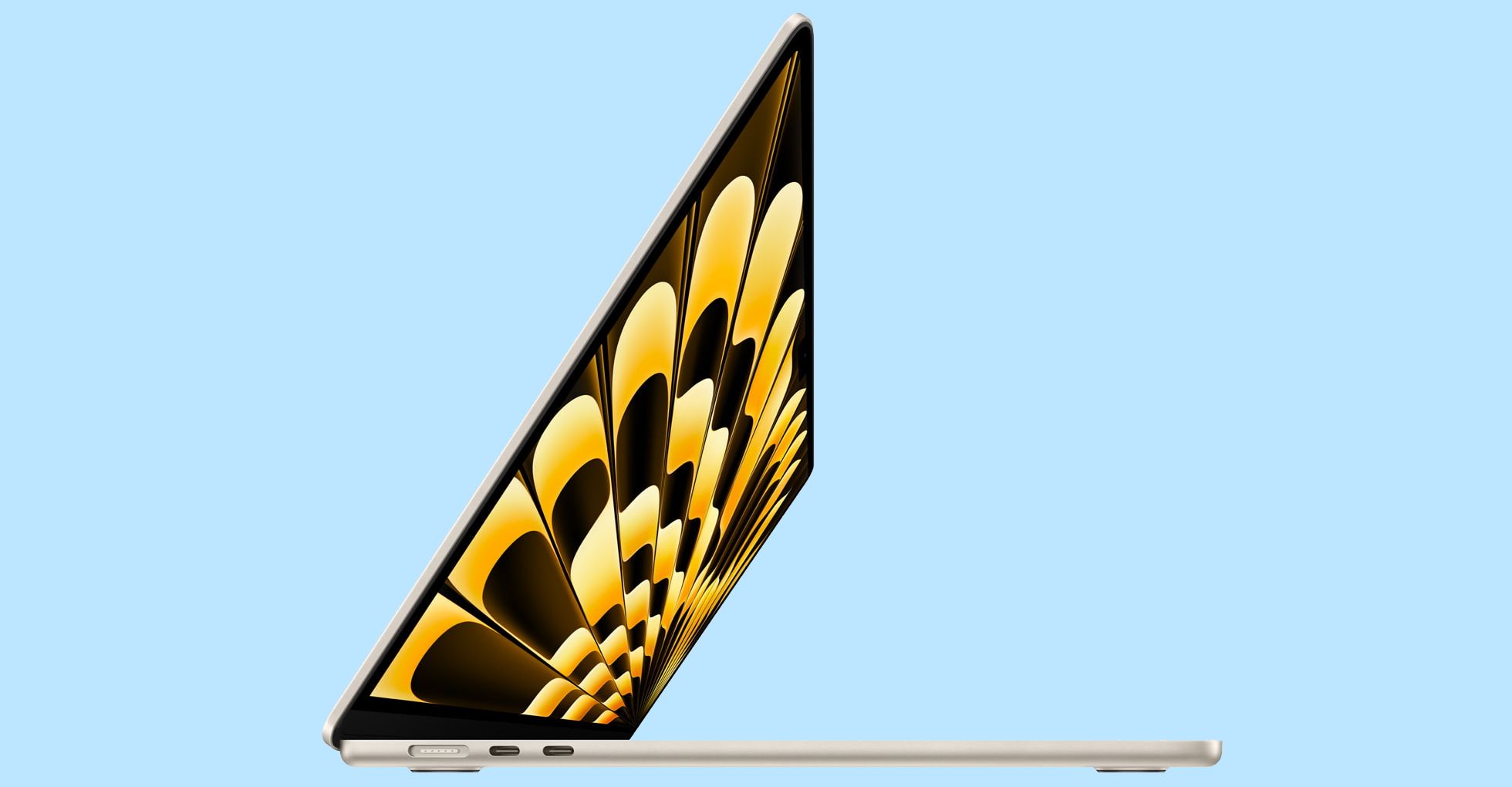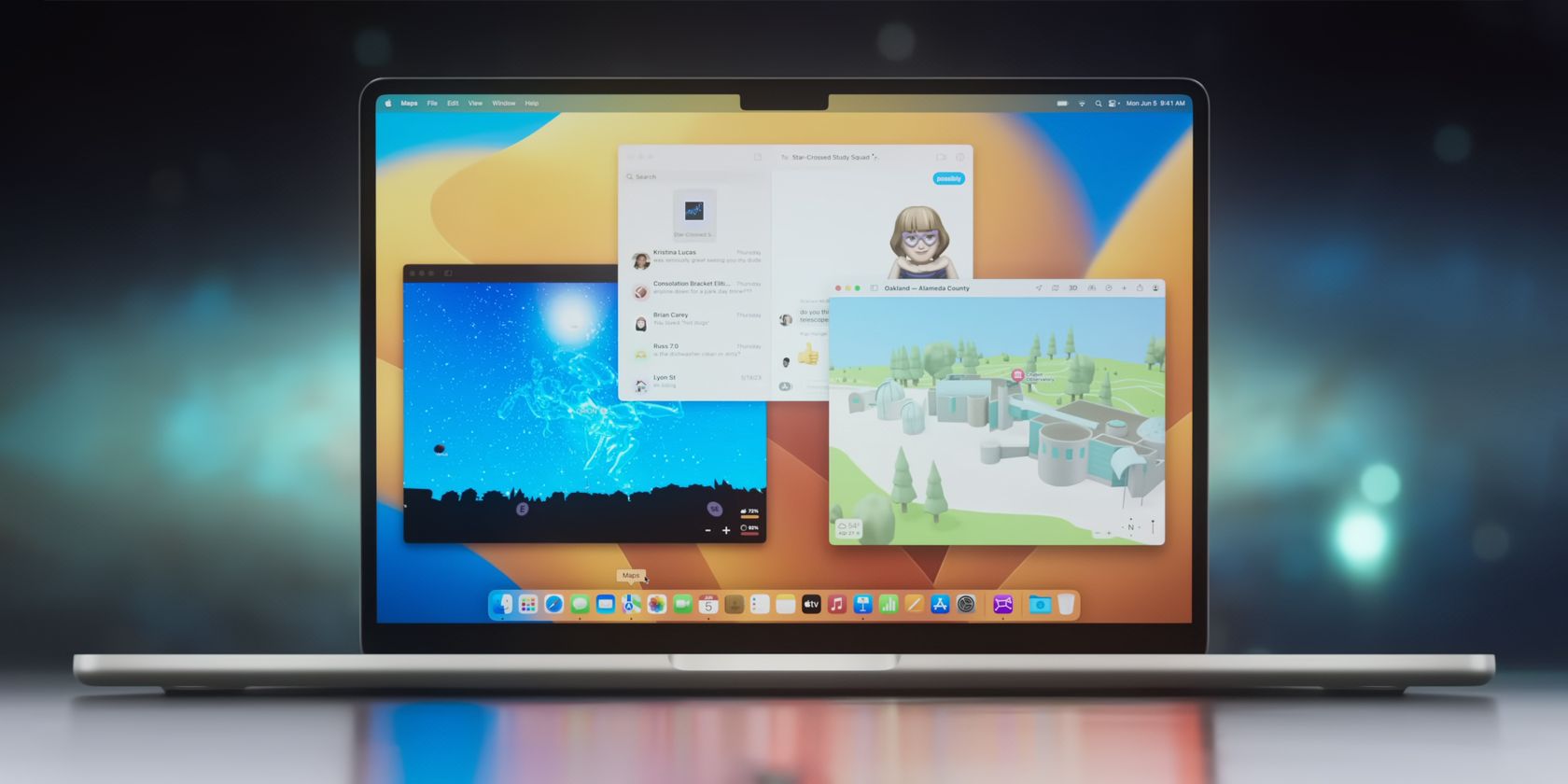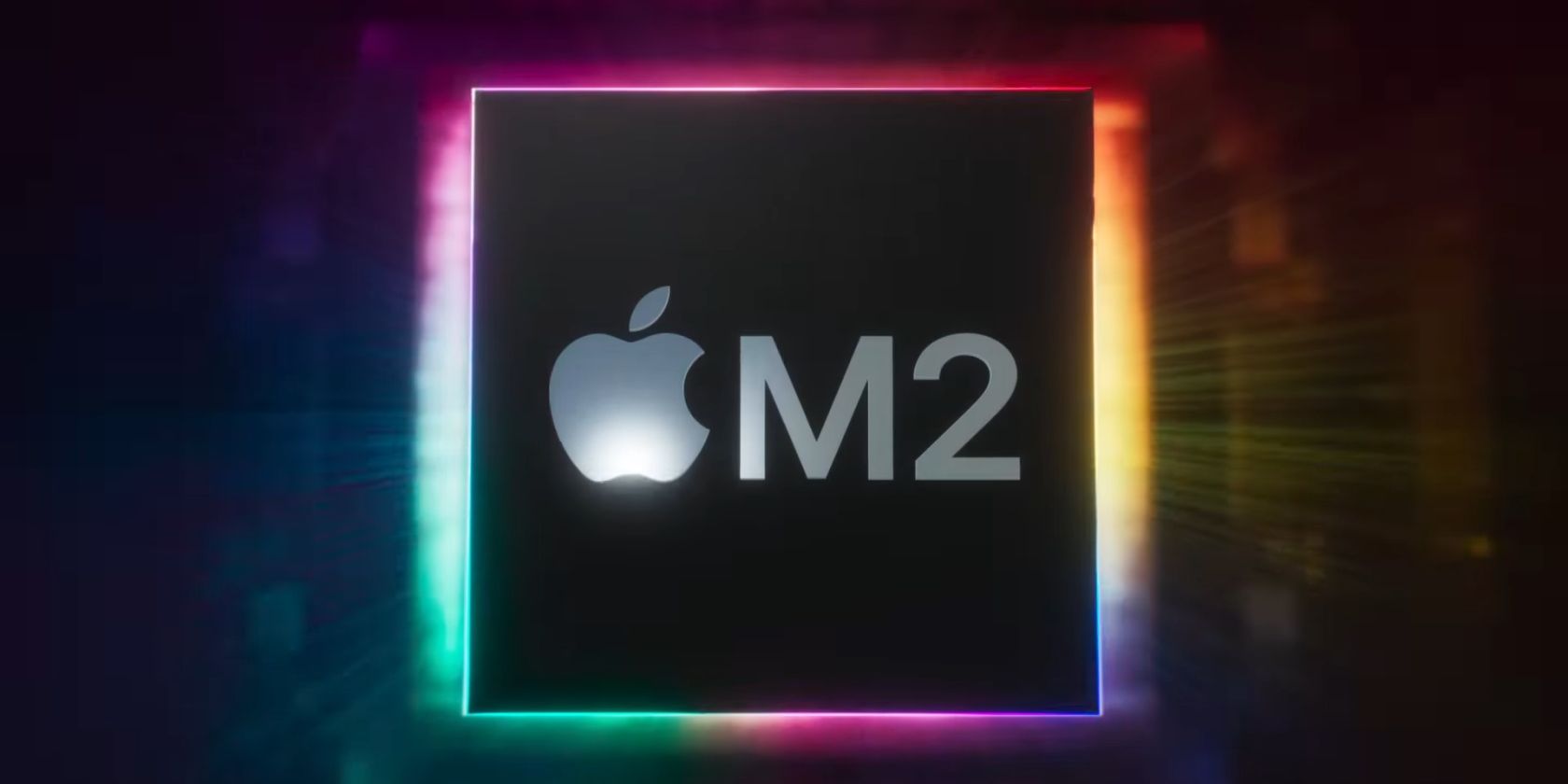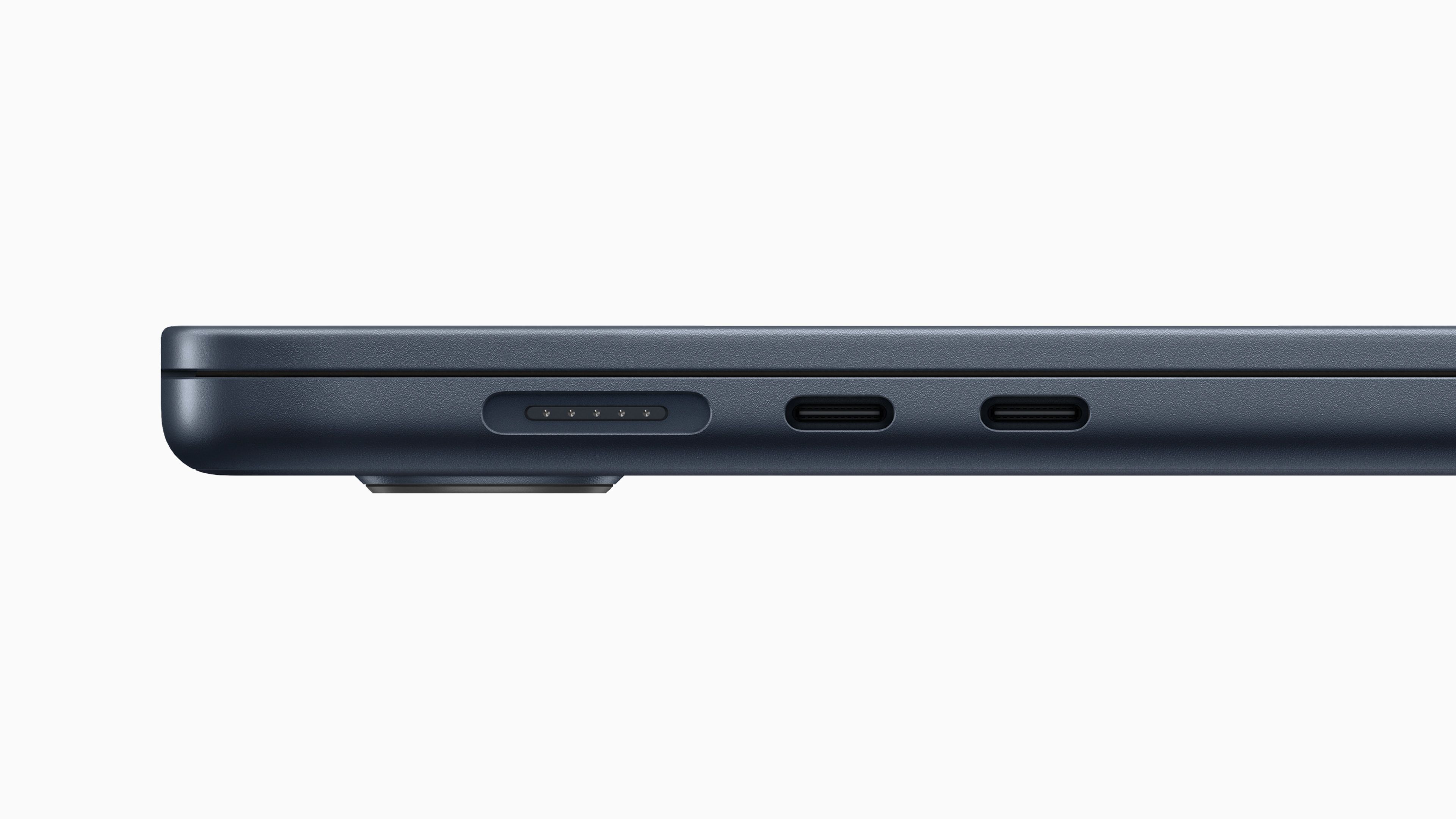Apple released a bigger 15-inch MacBook Air at its WWDC 2023 event. While the M1 MacBook Air can still hold up against Apple's current lineup, the 15-inch MacBook Air can be a compelling machine to purchase.
We'll cover the reasons why you should consider upgrading to Apple's new 15-inch laptop if you already own the massively successful M1 MacBook Air.
Design
The 15-inch MacBook Air features a newer design compared to the M1 MacBook Air, which is good since the more modern appearance is one of the main reasons to purchase the M2 MacBook Air.
Both the 15-inch MacBook Air and the M1 Air use aluminum, which means they feel premium but are also durable. However, the 15-inch Air is more squared off instead of being wedge-shaped, like the M1 Air.
Even though Apple claims the 15-inch MacBook Air is the "world's thinnest 15-inch laptop," the larger size of the computer does come with a few trade-offs. Since the 13-inch M1 MacBook Air is smaller than the 15-inch Air, it's more portable. And if you care about having the lightest laptop, the M1 MacBook Air also weights less than the new 15-inch MacBook Air—approximately 2.8 pounds versus 3.3 pounds.
When it comes to color options, the 15-inch MacBook Air comes in Space Gray, Silver, Starlight, and Midnight. So, you have more options than the M1 MacBook Air's offerings: Space Gray, Silver, and Gold. While the M1 MacBook Air still has a solid design, the 15-inch MacBook Air has a sleeker appearance.
Display
When it comes to the display on the 15-inch MacBook Air, it is similar to what we have seen from Apple recently, but in a 15.3-inch size. However, the new screen size being the only difference is not bad since the display is still solid all around. It's a Liquid Retina display that supports 500 nits of brightness and P3 color. It also has a resolution of 2880 x 1864 pixels.
For the M1 MacBook Air, however, the laptop doesn't feature a Liquid Retina display and essentially still uses the same display it received in its 2018 refresh. This means that the 15-inch MacBook Air has thinner bezels and a notch, compared to the M1 version, which has chunkier bezels without a notch. The M1 Air also has a slightly lower resolution of 2560 x 1600 pixels and isn't as bright at 400 nits.
If you pick the 15-inch MacBook Air, you not only get the Liquid Retina display but also benefit from having a larger screen that lets you view more of your content. While it doesn't feature a ProMotion display like the high-end MacBook Pros, the 15-inch MacBook Air does have a slightly better display than its 13-inch sibling from 2020.
Performance
The 15-inch MacBook Air features the M2 chip, and therefore, you can expect stellar performance and minor improvements from M1. Specifically, the M2 chip in the 15-inch MacBook Air is up to 1.4x faster than the M1 MacBook Air, according to Apple's claims.
You also have the option to get up to 24GB of unified memory with the 15-inch MacBook Air, compared to maxing it out at 16GB on the M1 MacBook Air.
Therefore, if you like to have many applications open simultaneously, the 15-inch MacBook Air can handle them better with 24GB of RAM. Even though the M1 is more than enough for regular users, the M2 chip gives extra headroom to people who need it in the long run. Plus, it bridges the gap between the M1 and the M2 Pro chips on the 14-inch and 16-inch MacBook Pro models.
Battery Life
Apple silicon MacBooks feature excellent battery life, and the 15-inch MacBook Air is no exception. Apple says the laptop features up to 18 hours of Apple TV app movie playback and 15 hours of wireless web browsing.
Surprisingly enough, the M1 MacBook Air gets the same results despite packing a smaller battery. Therefore, you can expect roughly the same battery life when using either laptop, despite the differences in internal and external hardware.
Ports
The 15-inch MacBook Air features a similar port selection as the M1 MacBook Air, except for one major difference. The MacBook features MagSafe 3, two USB-C ports with Thunderbolt, and a headphone jack that supports high-impedance headphones. Regarding M1 MacBook Air, the laptop has two regular USB-C ports and a standard headphone jack.
The main benefit of picking the 15-inch MacBook Air is that charging your laptop won't take up one of the USB-C ports since you can charge with the MagSafe connector. If you plan to connect multiple peripherals, you might want to consider picking up the 15-inch Air since you won't be as constrained.
Price
The M1 MacBook Air is still the best entry-level Apple laptop for most people, and one of the main reasons is its $999 starting price. The 15-inch MacBook Air, on the other hand, starts at $1,299. Both models come with 8GB of unified memory and 256GB of SSD storage at their starting prices.
That said, you can find the M1 MacBook Air frequently on sale from third-party retailers if you want to save even more money. Although the M1 MacBook Air offers incredible value at $999, it's hard to ignore that you get a newer design, the M2 chip, a bigger display, a 1080p FaceTime camera, and more by paying just $300 more for the 15-inch MacBook Air.
Consider All of Your MacBook Options
Apple's first 15-inch MacBook Air is an intriguing laptop that is enticing to upgrade since you get a larger display and newer design.
However, even though the MacBook Air now comes in a larger size, it still packs the same hardware as the 13-inch M2 MacBook Air from 2022.
So, if you're looking for a more impactful upgrade, you may want to consider the 14-inch MacBook Pro, which comes with more ports, significant performance uplift, and a fantastic display at a reasonable price.





